Mumbai: the Story of Mumbai Through Its Buildings
As the sun sets over the Arabian Sea, casting a golden hue on Mumbai’s skyline, the city’s buildings stand as silent witnesses to its storied past and dynamic present.
From the towering skyscrapers in Nariman Point to the quaint colonial bungalows of Bandra, each edifice whispers tales of resilience, innovation, and cultural amalgamation.
But what secrets lie within the walls of these architectural wonders? Join this exploration of Mumbai’s architectural tapestry, where each building holds the key to unlocking the city’s captivating narrative, showcasing a blend of tradition and modernity that continues to shape its identity.
Key Points
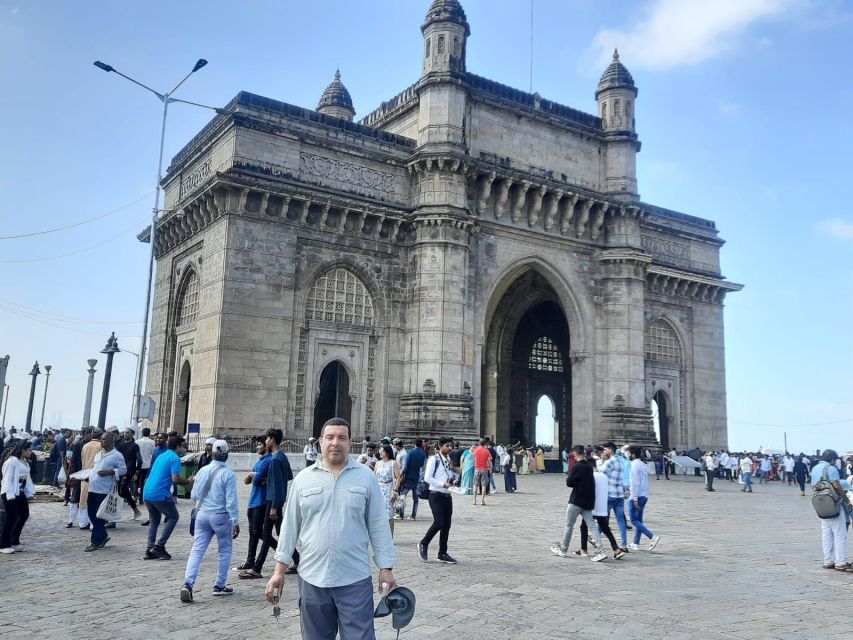
- Mumbai’s architecture reflects a rich history blending Gothic, Victorian, and Art Deco styles.
- Iconic landmarks like CST, Rajabai Tower, and Gateway of India signify Mumbai’s cultural narrative.
- The tour offers insights into Mumbai’s diverse architectural heritage and historical significance.
- Explore Mumbai’s evolution through its buildings, from colonial relics to modern structures, on this immersive tour.
Architectural Marvels of Mumbai
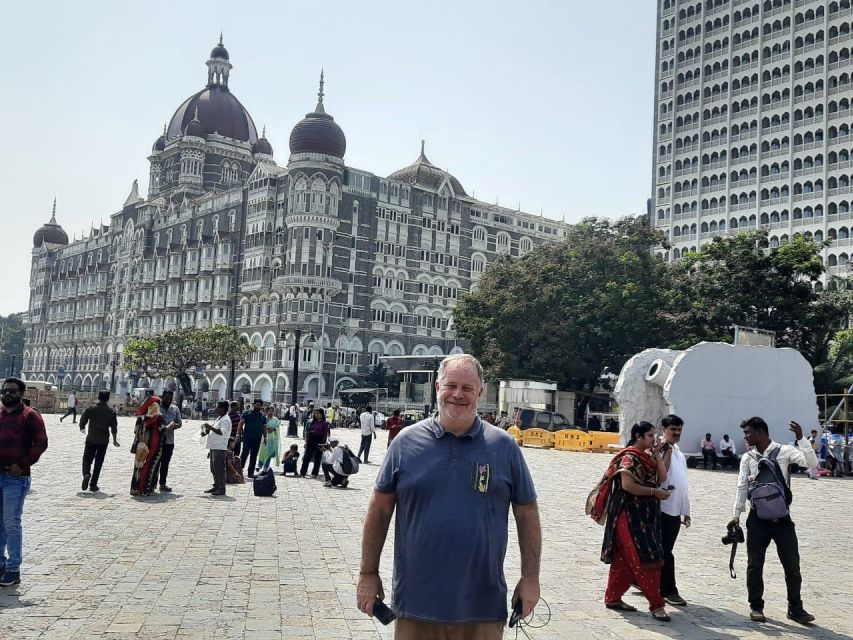
Mumbai’s architectural landscape is a captivating fusion of Victorian Gothic Revival, Art Deco, and contemporary styles, showcasing a rich tapestry of history and innovation.
Amidst the city’s urban development, modern innovations have seamlessly integrated with these iconic architectural marvels. The blend of old-world charm with new-age design concepts is evident in structures like the Chhatrapati Shivaji Terminus and the Rajabai Tower.
These buildings not only stand as testaments to Mumbai’s rich historical heritage but also symbolize the city’s progressive outlook towards architectural advancements. Through a lens of intricate designs and structural grandeur, Mumbai’s architectural marvels paint a vivid picture of a city that honors its past while embracing the future with open arms.
Historical Gems of the City
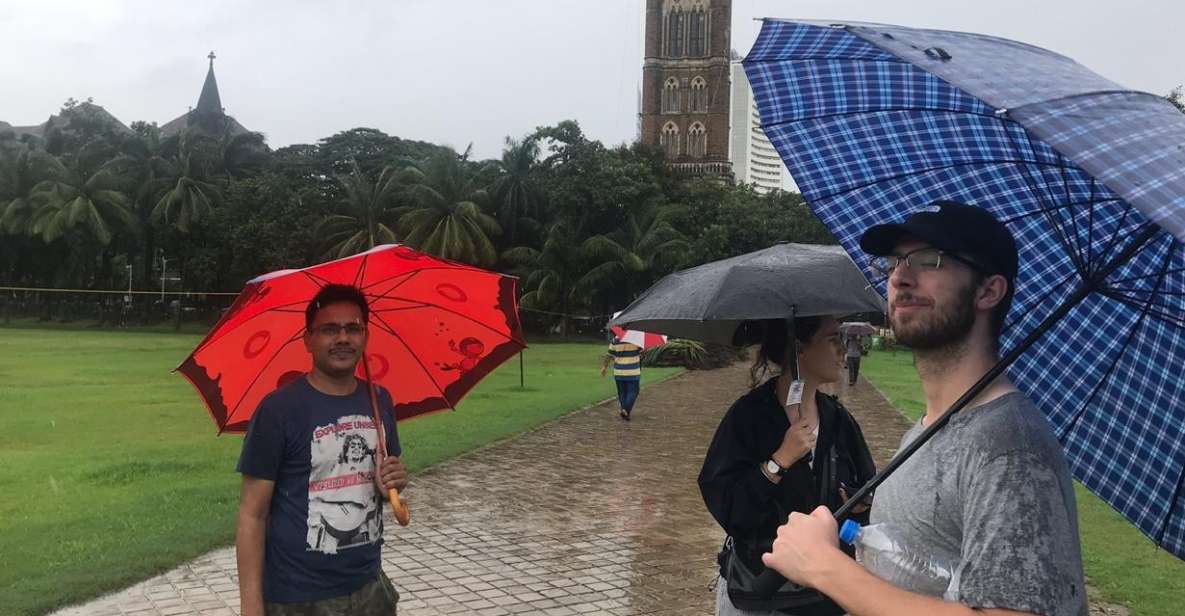
Nestled within the bustling streets and towering structures of the metropolis are hidden historical treasures waiting to be uncovered. Mumbai’s historical gems reflect the city’s rich past and diverse cultural influences.
From the grand Victorian Gothic Revival architecture of Chhatrapati Shivaji Terminus to the elegant Art Deco style of Eros Cinema, each site tells a unique story of urban development in Mumbai. However, these treasures face preservation challenges amidst the city’s rapid modernization. Balancing the need for progress with the preservation of these iconic landmarks is crucial to maintaining Mumbai’s historical identity.
Rajabai Tower stands as a testament to this, blending Gothic and Art Deco elements in a 125-year-old structure now recognized as a UNESCO heritage site.
Significance of Mumbai’s Landmarks
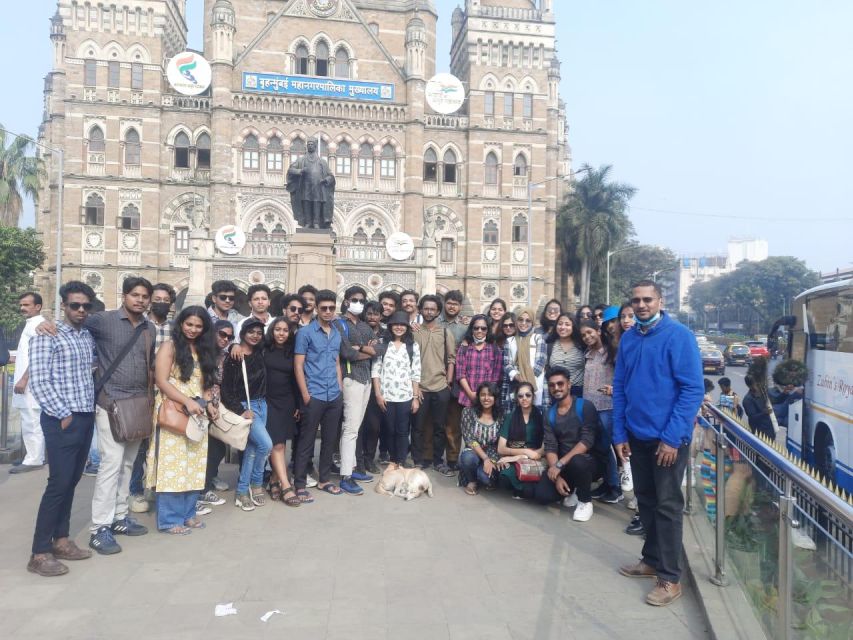
In the bustling heart of this vibrant city, each landmark stands as a testament to Mumbai’s rich history and cultural significance. Mumbai’s landmarks have witnessed the city’s evolution, reflecting urban narratives that intertwine architectural styles and historical events.
From the Victorian Gothic Revival architecture of Chhatrapati Shivaji Terminus to the Art Deco elegance of Eros Cinema and Empress Court, these structures showcase the diverse influences that have shaped Mumbai’s skyline. The fusion of Gothic and Art Deco elements in Rajabai Tower, known as the city’s Big Ben, highlights the harmonious blend of different architectural eras.
These landmarks not only serve as visual delights but also as living remnants of Mumbai’s past, preserving stories that contribute to the city’s unique character.
Artistic Influences in Mumbai’s Buildings
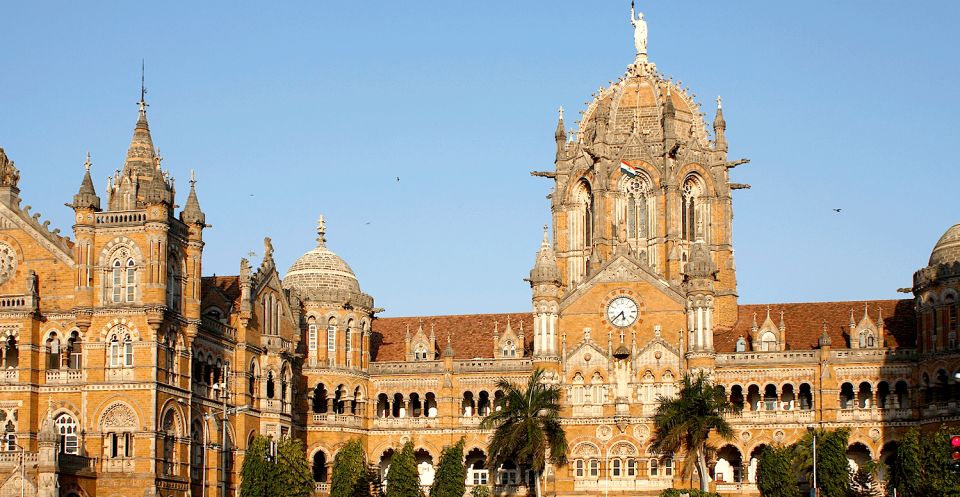
With a blend of intricate carvings and vibrant murals, the architectural landscape of Mumbai’s buildings showcases a captivating fusion of artistic influences. Mumbai’s buildings exhibit a rich tapestry of artistic styles, blending traditional Indian craftsmanship with modern influences.
From the intricate carvings adorning Chhatrapati Shivaji Terminus to the sleek lines of the Art Deco Eros Cinema, each structure tells a unique story of artistic inspiration. The city’s architectural diversity reflects a mix of Victorian Gothic Revival, Art Deco, and contemporary designs, creating a visually stunning urban environment.
Modern influences can be seen in the innovative use of materials and the incorporation of new technologies into the construction of Mumbai’s iconic buildings, adding a dynamic flair to the city’s skyline.
Iconic Structures of Mumbai
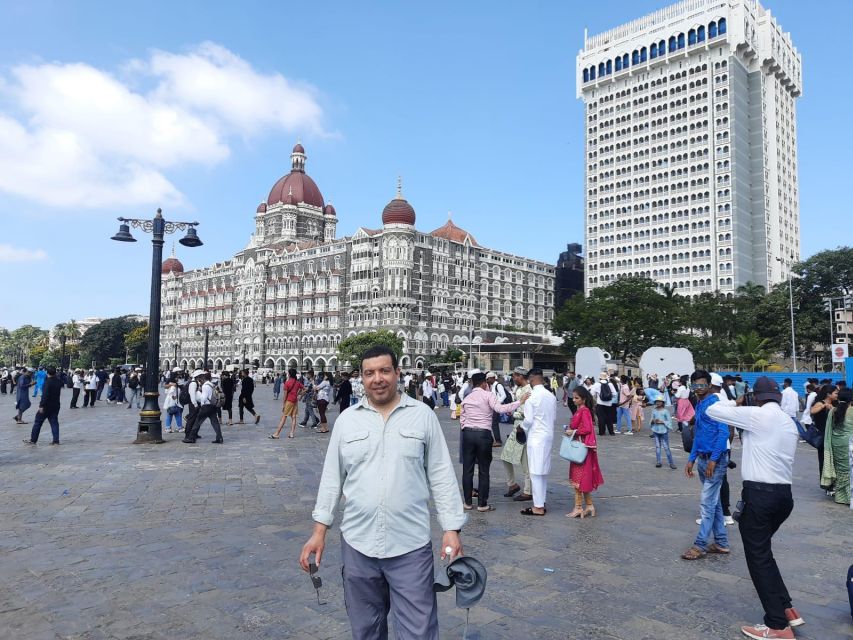
Among the iconic structures that define Mumbai’s skyline, the Chhatrapati Shivaji Terminus stands out as a masterpiece of Victorian Gothic Revival architecture. This historical railway station, formerly known as Victoria Terminus, showcases intricate carvings, turrets, and spires that reflect the architectural evolution during the British colonial era.
Modern interpretations of Mumbai’s architectural heritage can be seen in the following notable structures:
- Flora Fountain with its Roman Goddess of flowers statue.
- Eros Cinema, an Art Deco style cinema hall.
- Empress Court, an impressive residential Art Deco building.
These buildings blend elements of the past with contemporary influences, offering a glimpse into Mumbai’s rich architectural history and the city’s ongoing commitment to preserving its cultural heritage.
Cultural Heritage Preserved in Architecture
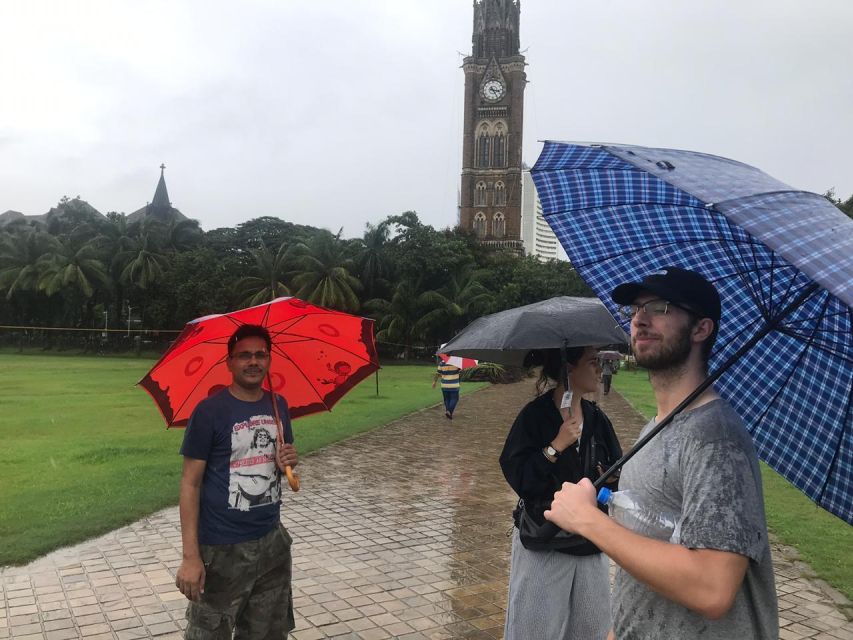
Preserving Mumbai’s cultural heritage, the city’s architecture serves as a living testament to its rich history and enduring legacy. Mumbai’s buildings reflect a blend of urban development and colonial legacy, showcasing a unique fusion of styles that have stood the test of time.
From the Victorian Gothic Revival architecture of Chhatrapati Shivaji Terminus to the Art Deco elegance of Eros Cinema and Empress Court, each structure tells a story of Mumbai’s past. The Rajabai Tower, often referred to as the Big Ben of Mumbai, is a prime example of blending Gothic and Art Deco elements, highlighting the city’s architectural diversity.
These preserved buildings not only contribute to Mumbai’s architectural landscape but also provide insights into its cultural evolution over the years.
Common questions

What Are Some Lesser-Known Architectural Features of Mumbai’s Buildings That Are Not Commonly Highlighted in Tours or Articles?
When exploring Mumbai’s architecture, hidden gems like intricate facades, ornate carvings, and unique structural elements often go unnoticed. These architectural details add depth to the city’s history and showcase the diverse influences shaping its buildings.
How Have Modern Developments and Construction Projects Impacted the Historical Integrity of Mumbai’s Iconic Structures?
Modern developments in Mumbai have impacted historical integrity. Gentrification influences cultural significance vs profit-driven development. Balancing preservation with progress is crucial. Iconic structures face challenges as the city evolves, emphasizing the need for thoughtful urban planning.
Are There Any Hidden Stories or Legends Associated With Specific Buildings in Mumbai That Are Not Widely Known to the Public?
In Mumbai, hidden secrets lurk within the city’s iconic buildings, waiting to be discovered. Mysterious symbols and forgotten tales weave untold mysteries, inviting explorers to delve deeper into the rich history and intriguing narratives of these architectural marvels.
How Do Local Communities Perceive the Preservation Efforts of Mumbai’s Cultural Heritage in Architecture, and What Challenges Do They Face in This Regard?
Local perspectives on Mumbai’s heritage preservation efforts vary. While some communities actively engage in safeguarding architectural secrets and traditional craftsmanship, challenges like urbanization and lack of resources hinder comprehensive conservation, leaving hidden legends vulnerable.
What Role Do Traditional Art Forms and Craftsmanship Play in the Maintenance and Restoration of Mumbai’s Architectural Treasures?
Traditional techniques and artisan collaboration are vital in maintaining Mumbai’s architectural treasures. They safeguard cultural heritage but face preservation challenges due to modernization pressures. Balancing tradition with progress is crucial for preserving the essence of Mumbai’s historic buildings.
Last Words

As the sun sets over the bustling cityscape of Mumbai, the architectural marvels stand as silent witnesses to the rich tapestry of history and culture that define this vibrant metropolis. Each building tells a story, weaving together the past and present of Mumbai in intricate designs and grandeur.
From the Gothic splendor of Chhatrapati Shivaji Terminus to the Art Deco elegance of Eros Cinema, Mumbai’s buildings are more than just structures – they’re living testaments to the city’s enduring legacy.